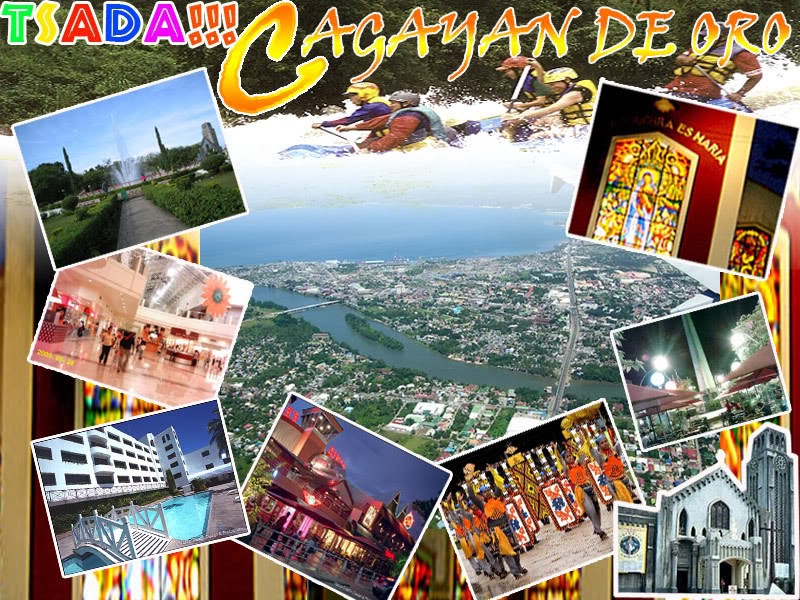The Best Cable Park in The World!
 |
| http://www.sunnytoast.com/2012_11_01_archive.html#.UwnqFvna7gs |
DESIGNED TO GIVE YOU THE RIDE OF YOUR LIFE
The Camsur Watersports Comlex is the first world-class
watersports complex in the Philippines and in Asia. CWC aims to bring cable
skiing to a whole new level and attract watersports enthusiasts from all over
the world with its top of the line facilities and relaxing environment. This
six (6)-hectare complex, with its 6-point cable ski system, is sure to draw
guests, riders and spectators by the thousands. Because of good weather
conditions, cable skiing in the park can be done all year round.
WHERE TO RIDE THE CABLE
The CAMSUR WATERSPORTS COMPLEX is located within the
Provincial Capitol Complex, Cadlan, Pili, Camarines Sur. The province of
Camarines Sur, situated in southeastern part of Luzon is found in the Philippines,
Southeast Asia.From Asia, Europe or the USA, fly to Manila, Philippines (NAIA
or CENTENNIAL 2 Airports) and take a 35 minute domestic flight via Philippine
Airlines to Naga Airport, Pili. The CAMSUR WATERSPORTS COMPLEX is a 3-minute or
1.5 kilometer drive from the Naga Airport. If you’re up for a road trip,
air-conditioned and ordinary buses ply the 8-hour route daily to and from
Manila
RIDE ON WATER
Cable skiing is simply water-skiing where the skier is pulled
by an overhead cable suspended 8-12 meters above water surface by specifically
designed pylons. The cables run counter clockwise around the lake. It is
powered by a variable speed electric motor which can maintain speeds between 20
- 65 km/h.
WAKEBOARDING
Wakeboarding was created from a combination of water skiing,
snow boarding and surfing techniques. Instead of using skis, the rider rides a
single board with stationary non-release bindings for each foot, standing
sideways. Wakeboarding, besides being one of the world’s fastest growing sports
and is gradually being recognized globally, has become a lifestyle for others.
KNEEBOARDING
Kneeboarding is an aquatic sport where the participant is
towed on a buoyant, convex, and hydrodynamically-shaped board at a planing
speed behind a motorboat or cable. In the usual configuration of a towsport
kneeboard, the rider sits on his heels on the board, and secures himself to the
deck with an adjustable strap. As in wakeboarding or water skiing, the rider
hangs onto a tow-rope. The forte of kneeboarding vis-à-vis other towsports
seems to be an easier learning curve, and not requiring as much effort to have
fun.
WATERSKIING
Water skiing is a sport where the rider is pulled along by a
rope with a handle fitted at one end and the other attached to a powerboat.
Within the confines of being pulled along by the boat or cable, skiers can
control their direction by balancing their weight on different sides of their
ski. This is used to zip back and forth behind the boat. Recreational skiers
usually learn to ski with a ski on each foot, but as they improve, they
progress to using a single ski, placing the other foot into another binding
behind the main one. Beginners on two skis are usually pulled along at around
25-35 kilometers per hour, whereas more advanced social skiers travel between
40 and 55 kilometers per hour - once confidence is gained it is actually easier
to travel faster than at slower speeds because of the greater lift and
stability.
WAKESKATING
Wake skating is an adaptation of wakeboarding that employs a
similar design of board manufactured from plywood or from fibreglass. The fact
that the rider is not bound to the board in any way gives wake skating its own
unique challenges from wakeboarding. Instead, the top surface of the board is
coated in grip tape in a similar fashion to a skateboard or soft, high-traction
foam covering that is kinder to riders in the inevitable crashes. Riders
usually wear shoes while riding to afford themselves extra purchase on the
board, again in the manner of skateboarding.
http://cwcwake.com.s182697.gridserver.com/about_cwc_info/p2_articleid/7
.jpg)










